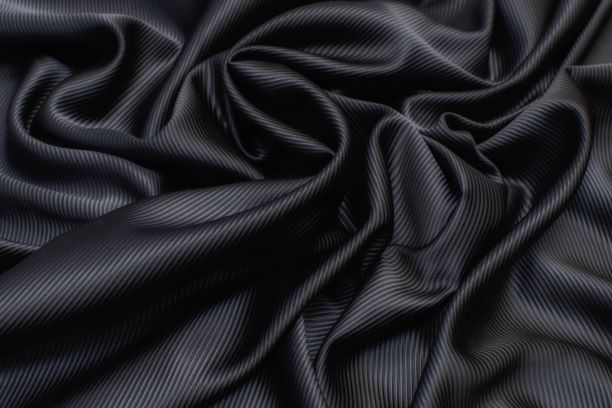Satin
Satin
Satin is one of the three major textile weaves, along plain weave and twill. The satin weave creates a fabric that is shiny, soft, and elastic with a beautiful drape. Satin fabric is characterized by a soft, lustrous surface on one side, with a duller surface on the other side. This is a result of the satin weaving technique, and there are many variations on what defines a satin weave.
Satin is woven from long, continuous fibers, and satin is defined by the length of the filament, not the fiber used. Originally, satin was made using silk, which is a long, continuous thread pulled from a silkworms cocoon. Modern satin can also be made from polyester and rayon, both of which can be manufactured to form long filaments.
There are several different kinds of satin weaves:
4 harness satin weave : In the 4/1 satin weave, the weft thread goes over three warp threads and then under one. This is more elastic and has more stretch than a plain weave, in which the warp and weft threads cross over at a 1/1 ratio.
5 harness satin weave : This is nearly the same as the 4 harness variety, except the weft thread goes over four warp threads and then under one.
8 harness satin weave : This is the most flexible form of satin, and to achieve this weave, the weft thread goes over seven warp threads and then under one.

